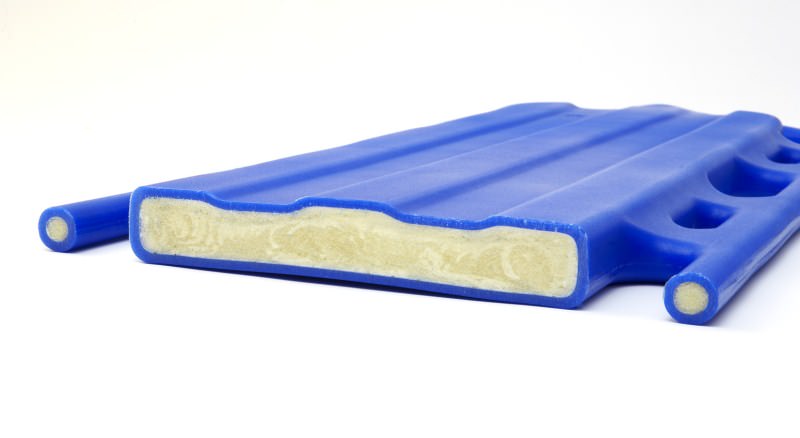Understanding the Role of Rotomolding in Custom Plastic Production
Understanding the Role of Rotomolding in Custom Plastic Production
Blog Article
Rotational molding, or Rotomolding, has turned into a preferred production process for producing tough and top quality plastic parts. Its unique method, which requires heating and spinning components inside a shape, guarantees consistently distributed energy and uniformity in the final product. That blog examines the incredible advantages of Rotational Molding and why it has acquired prominence as a strategy for producing hard and long-lasting plastic components.
Remarkable Energy with Standard Wall Thickness
One of many essential advantages of rotomolding lies in their capacity to produce areas with standard wall thickness. Unlike different production strategies that'll keep uneven or slim parts susceptible to weakness, rotomolding ensures reliability in every layer. By consistently heating and rotating the form, the molten resin passes easily, making smooth and robust plastic pieces that could tolerate heavy loads and withstand impact.

That function makes rotomolded pieces well suited for purposes requesting structural reliability, such as for example large tanks, playground equipment, and commercial containers.
Enhanced Durability with Stress-Free Molding
Stress may weaken plastic parts, impacting their life and performance. Fortuitously, the rotomolding process reduces central challenges often found in different molding techniques. Because number high-pressure allows are used all through manufacturing, the plastic material experiences minimal pressure, causing a more durable item that performs easily over time.
Also, the lack of stitches or weld lines increases the overall toughness of rotomolded pieces, creating them tolerant to breaking, breaking, and environmental wear and tear.
Extraordinary Mobility and Modification
Rotomolding offers unparalleled design freedom, allowing companies to produce complicated forms and structures with precision. The capability to incorporate included functions like ribs, positions, or consistency ensures that the final product meets unique useful or artistic requirements.
This technique also helps the usage of a wide variety of materials and additives, such as for instance UV stabilizers and colorants, further boosting durability by creating pieces tolerant to facets like sunshine coverage, fading, and substance damage.
Resilience in Intense Problems
Rotomolded components are developed to last, even though exposed to excessive environments. They keep their reliability in harsh conditions, withstand rust from substances, and experience extended outside use. That makes them especially important in industries like agriculture, structure, and underwater applications, wherever parts face challenging situations daily.

Their capacity to execute dependably such environments decreases the necessity for frequent replacements, creating rotomolded pieces equally cost-effective and sustainable.
Operating the Potential of Resilient Pockets
The raising need for trusted and sturdy plastic areas remains to put rotomolding at the forefront of manufacturing innovation. Having its detail, stress-reducing benefits, and ability to resist diverse situations, rotomolding is surrounding just how industries prioritize strength and longevity inside their products. By investing in that advanced method, manufacturers may make plastic elements that stay the check of time.
Report this page